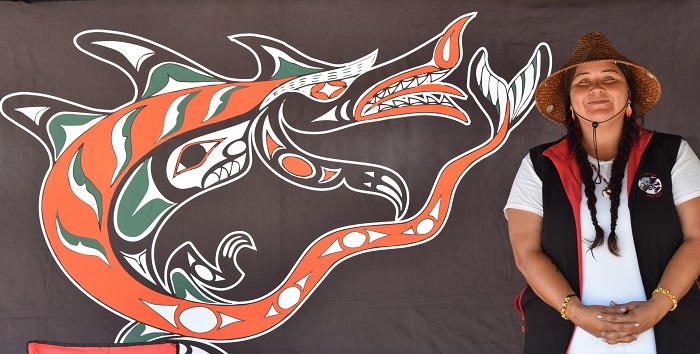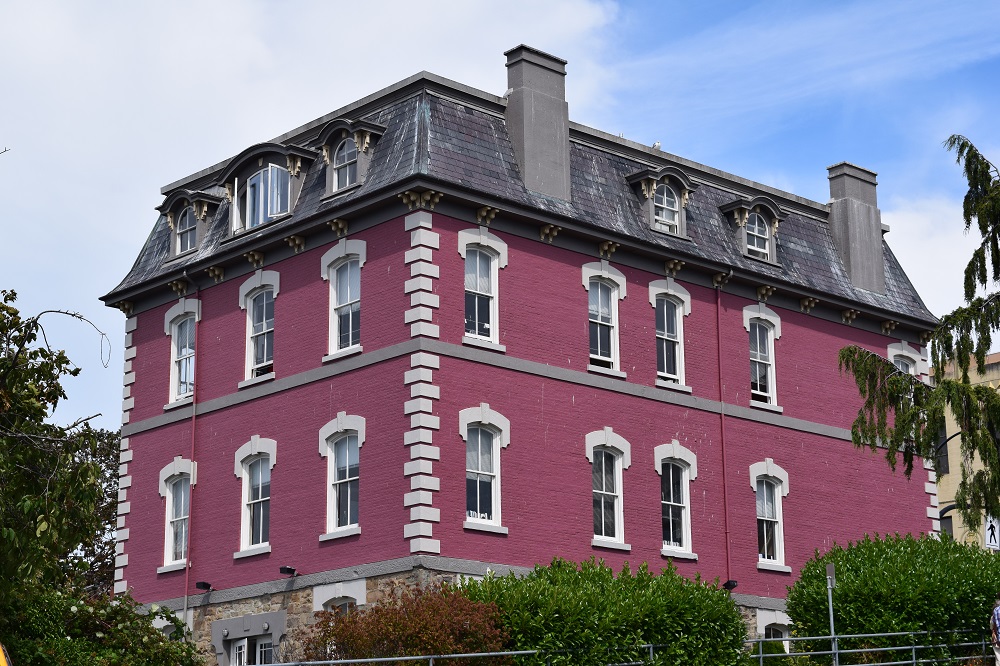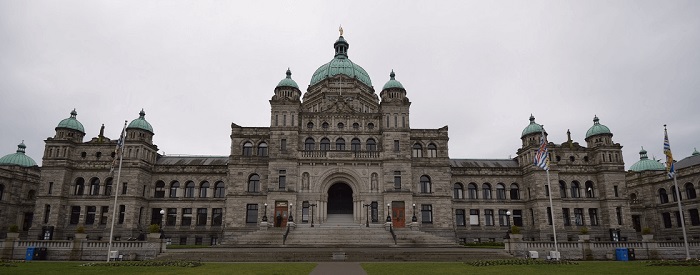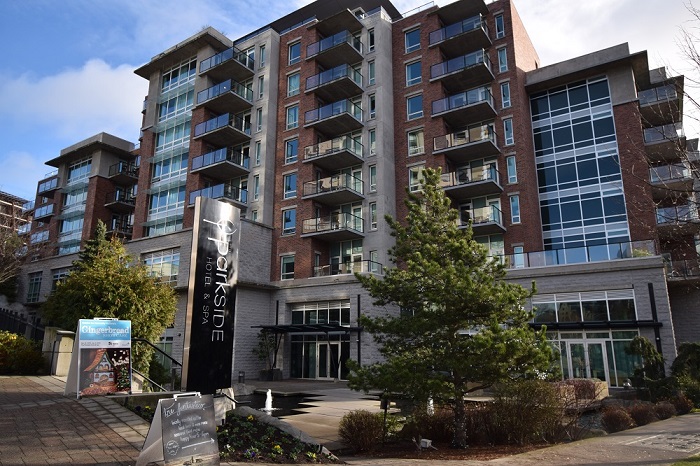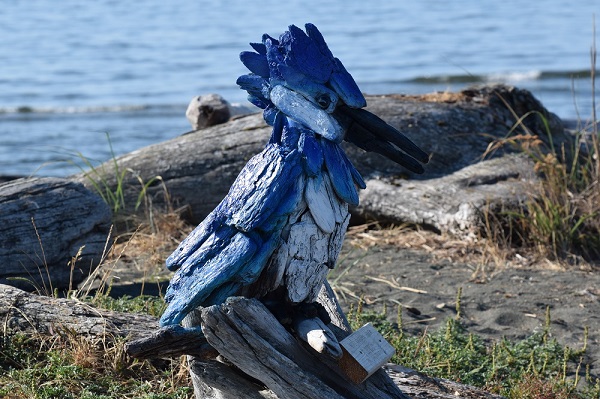- Victoria
- Guide to Van Isle
- History of Victoria
History of Victoria BC from Indigenous Roots to a Bustling City
Located on the southern tip of Vancouver Island, Victoria is the capital city of British Columbia. The history of Victoria BC can be traced back thousands of years, from its Indigenous roots to its present-day status as a vibrant and bustling city.
Disclaimer: I receive a small commission from some of the links on this page.
Indigenous History
Before the arrival of European explorers and settlers, the area now known as Victoria was home to several Indigenous communities. The Lekwungen people, also known as the Songhees and Esquimalt Nations, were the primary inhabitants of the area. They had a rich culture and way of life that revolved around hunting, fishing, and gathering. They also had a sophisticated system of trade and exchange with neighbouring Indigenous groups.
The arrival of European explorers and traders in the late 18th century had a profound impact on the Indigenous communities in the area. The introduction of new diseases, such as smallpox, had devastating consequences, wiping out large numbers of the Indigenous population.
The arrival of European settlers also led to the dispossession of Indigenous lands and the imposition of colonial policies and practices that severely impacted Indigenous culture and way of life.
For a unique Indigenous experience that will enrich your understanding of culture and traditions, visit the Songhees kiosk at Ship Point to sign up for a 7 Signs of the Lekwungen walking or canoe tour with one of their cultural guides.
Early Settlement and Establishment of Fort Victoria
In 1843, the Hudson's Bay Company established a trading post on the site of present-day Victoria. The company named the post Fort Victoria after Queen Victoria, who had recently ascended to the throne. Queen Victoria ruled over the British Empire from 1837 to 1901. The fort was established to facilitate the fur trade and to provide a base for the company's operations in the region.
The early years of Fort Victoria were characterized by conflict and tension between the Indigenous people and the European settlers. The Indigenous people were unhappy with the encroachment of settlers on their lands, and tensions boiled over into violent clashes in 1849 and 1850. These clashes, known as the "Oregon boundary disputes," resulted in several deaths on both sides.
Despite these challenges, Fort Victoria continued to grow and thrive. The arrival of gold seekers during the Fraser River Gold Rush of 1858 brought a wave of new settlers to the area, and the fort quickly became the commercial and administrative centre of the colony of Vancouver Island.
The Development of Victoria as a City
In 1862, Vancouver Island was united with the mainland of British Columbia to form a single colony. In 1871, British Columbia joined the Canadian Confederation and Victoria was proclaimed the provincial capital. It continued to grow and develop rapidly in the years that followed. The history of Victoria BC is reflected in its heritage buildings, cultural institutions and diverse communities.
The city's growth was driven by a variety of factors, including the arrival of immigrants from around the world, the development of new industries such as logging and mining, and the expansion of transportation networks such as the railway and the steamship.
One of the key figures in the development of Victoria as a city was Sir James Douglas, the first governor of British Columbia. Douglas oversaw the construction of many of the city's key buildings and infrastructure, including the Parliament Buildings, which were completed in 1897.
The History of Victoria BC from the 20th Century and Beyond
The 20th century saw significant changes and challenges for Victoria. The city was heavily impacted by the two world wars, which led to changes in the city's economy and demographics. The post-war period saw growth and development in the city, as new industries such as tourism and technology emerged.
Today, Victoria is a vibrant and dynamic city with a rich history and a bright future. It is home to a diverse population, including significant Indigenous communities, and is a popular destination for tourists from around the world.
Interesting Facts About Victoria
- Victoria is one of the oldest cities in the Pacific Northwest
- Victoria has four sister cities: Napier (New Zealand), Suzhou (China), Morioka (Japan) and Khabarovsk (Russia)
- Victoria is known internationally as the City of Gardens because of its perfect growing climate and its annual flower count, which reached over 27 billion blooms in 2022
- Victoria's Chinatown is the oldest in Canada and home to Fan Tan Alley, the narrowest street in Canada. It was founded in 1858 by Chinese immigrants who came to work on the gold fields and railways
- The famous Butchart Gardens, located just outside Victoria, were originally a limestone quarry. In 1904, Jennie Butchart began transforming the quarry into a garden, and today it is one of the city's most popular attractions.
- Victoria has the most comprehensive collection of Asian art in Canada at the Art Gallery of Greater Victoria, which also features works by Canadian artists such as Emily Carr
- Victoria is home to the Legislative Assembly of BC, which is housed in a neo-baroque building that glows with 3,300 lights at night. The building was designed by Francis Rattenbury, who also designed the iconic Fairmont Empress Hotel
- The city has a strong maritime history, with the Royal Canadian Navy establishing a base in Esquimalt, just west of Victoria, in 1865. The base is still active today.
- Victoria is one of the most bike-friendly cities in Canada, with hundreds of kilometres of cycle paths, bike lanes and routes. It is also considered the bicycle capital of Canada because of its high percentage of regular cyclists
- Greater Victoria is a great place for whale watching, as it is home to three resident pods of orca whales totaling over 80 whales. You can also spot humpback whales, minke whales, grey whales and other marine wildlife in the waters around Victoria
- Victoria has one of the mildest climates in Canada, with an average annual temperature of 11°C and very little snow. It also has more sunshine than most other Canadian cities, with over 2,000 hours per year
The history of Victoria BC is a complex and multifaceted one, shaped by Indigenous culture, European settlement, and the forces of globalization and modernization. Despite the challenges and conflicts that have arisen over the centuries, the city has persevered and continues to thrive as a symbol of resilience and perseverance.
Recent Articles
-
Vancouver Island Wildlife Viewing Times and Locations
Sep 16, 24 06:42 PM
Discover the best times and places to see wildlife in their natural habitat with our Vancouver Island Wildlife Viewing guide. -
Private Campgrounds on Vancouver Island
Aug 13, 24 05:23 PM
Your one-stop listing of all private campgrounds on Vancouver Island. -
Where to Stay in Victoria, BC: A Comprehensive Guide
Jul 10, 24 12:42 PM
Choosing the right place to stay can significantly enhance your experience. This guide provides tips and ideas to help you decide where to stay in Victoria.
